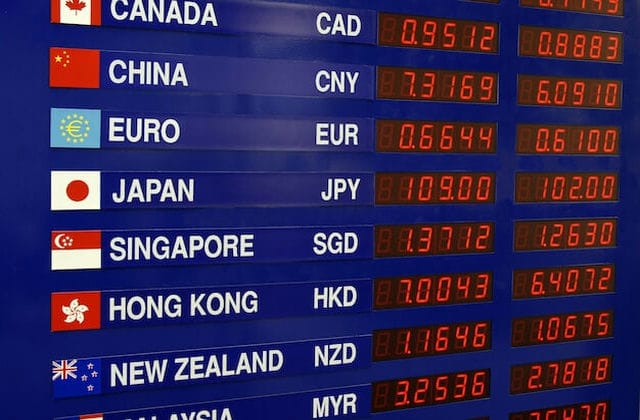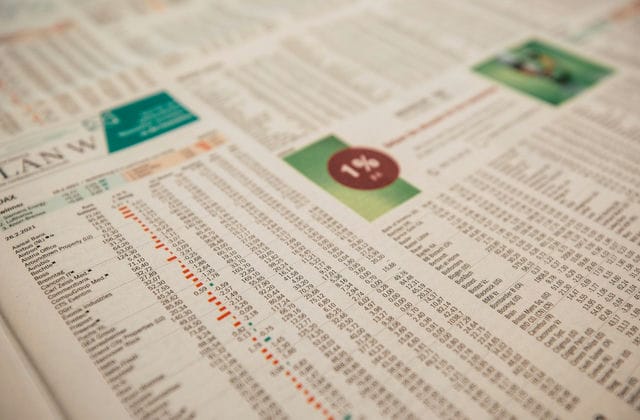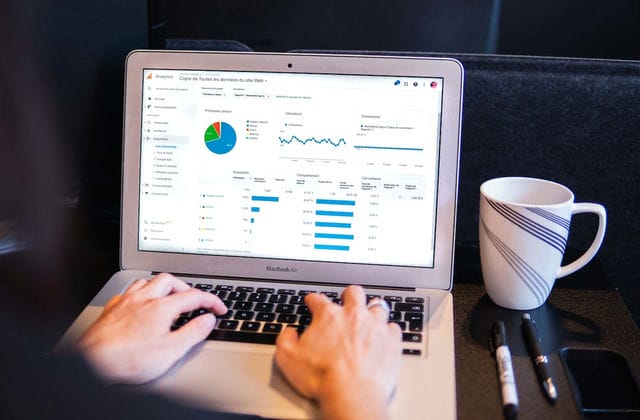Foreign exchange refers to foreign currency or means of payment expressed in foreign currency that can be used for international settlement.
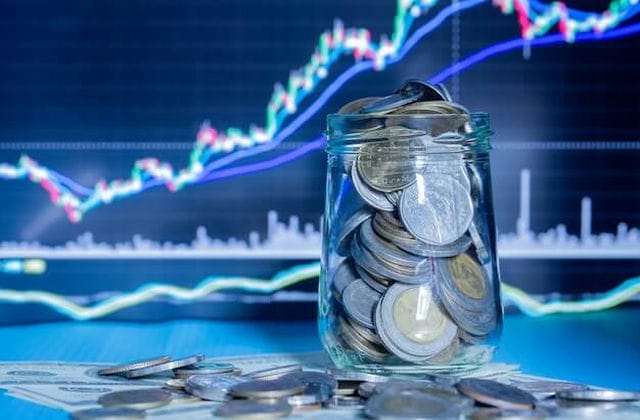
What is foreign exchange
① Foreign currency. Including notes and coins.
② Foreign currency payment voucher. Including bills, bank payment certificates, postal savings certificates, etc.
③ Foreign currency securities. Including government bonds, corporate bonds, stocks, etc.
④ Special Drawing Rights and European currency units.
⑤ Other foreign currency denominated assets.
Exchange rate and pricing method
Exchange rate refers to the price of one country's currency expressed in another country's currency, or the comparison between two countries' currencies.
In the foreign exchange market, the exchange rate is displayed in five figures, such as:
EUR 0.9705
JPY 119.95
GBP 1.5237
CHF 1.5003
The minimum change unit of exchange rate is one point, that is, the change of the last digit, such as:
Euro EUR 0.0001
JPY 0.01
GBP 0.0001
CHF 0.0001
According to international practice, three English letters are usually used to represent the name of the currency. The English code of the currency is the English code after the Chinese name.
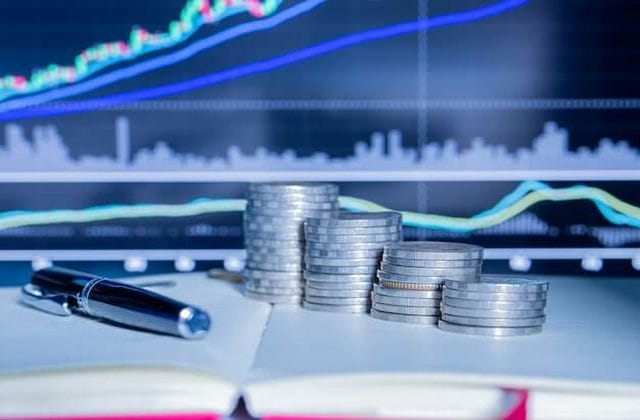
There are two pricing methods for exchange rate: direct pricing method and indirect pricing method.
(1) Direct pricing method Direct pricing method, also known as payable pricing method, is to calculate the amount of domestic currency payable based on the foreign currency of a certain unit (1, 100, 1000, 10000). It is equivalent to calculating the amount of local currency payable for purchasing a certain unit of foreign currency, so it is called the payable bid price method. Most countries in the world, including China, currently adopt the direct pricing method. In the international foreign exchange market, Japanese yen, Swiss franc, Canadian dollar, etc. are all directly priced, such as Japanese yen 119.05, or 119.05 yen per dollar.
Under the direct pricing method, if the amount of foreign currency converted into local currency of a certain unit is more than that of the previous period, it means that the value of foreign currency rises or the value of local currency falls, which is called the rise of foreign exchange rate; On the contrary, if you want to use less local currency than the original, you can convert to the same amount of foreign currency. This means that the value of foreign currency declines or the value of local currency rises. This is called the decline of foreign exchange rate. That is, the value of foreign currency is in direct proportion to the rise and fall of the exchange rate.
(2) Indirect pricing method Indirect pricing method is also called receivable pricing method. It is based on the local currency of a certain unit (such as one unit) to calculate the foreign currency receivable of several units. In the international foreign exchange market, euro, British pound, Australian dollar, etc. are all indirect pricing methods. For example, the euro is 0.9705, i.e. one euro is 0.9705 US dollars.
In the indirect pricing method, the amount of domestic currency remains unchanged, while the amount of foreign currency changes with the comparison of the value of domestic currency. If the amount of foreign currency that can be exchanged in a certain amount of local currency is less than that in the previous period, this indicates that the value of foreign currency is rising while the value of local currency is falling, that is, the foreign exchange rate is falling; On the contrary, if a certain amount of foreign currency can be exchanged in the functional currency more than in the previous period, it means that the value of the foreign currency declines and the value of the functional currency rises, that is, the foreign exchange rate rises, that is, the value of the foreign currency is inversely proportional to the rise and fall of the exchange rate.
The quotation in the foreign exchange market is generally a two-way quotation, that is, the Bidder shall quote its own buying price and selling price at the same time, and the customer shall decide the buying and selling direction at his own discretion. The smaller the difference between the buying price and the selling price, the smaller the cost for investors. The quotation point difference of inter-bank transactions is normally 2-3 points. The quotation point difference of banks (or dealers) to customers varies greatly according to different situations. At present, the quotation point difference of foreign margin transactions is basically 3-5 points, that of Hong Kong is 6-8 points, and that of domestic banks is 10-40 points.

Common classification methods of foreign exchange
Free exchange, limited free exchange, bookkeeping
Freely convertible foreign exchange refers to the foreign exchange that is used most in international settlement, can be freely traded in the international financial market, can be used to pay off claims and debts in international finance, and can be freely convertible into currencies of other countries. For example, US dollars, Hong Kong dollars, Canadian dollars, etc.
Limited freely convertible foreign exchange refers to foreign exchange that cannot be freely converted into other currencies or paid to a third country without the approval of the currency issuing country. The International Monetary Fund stipulates that all currencies that have certain restrictions on the payment and capital transfer of international current transactions are limited and freely convertible currencies. More than half of the world's national currencies are limited and freely convertible currencies, including the Renminbi.
Bookkeeping foreign exchange, also known as clearing foreign exchange or bilateral foreign exchange, refers to foreign exchange booked in bank accounts designated by both parties, which cannot be converted into other currencies or paid to a third country.
Trade foreign exchange, non trade foreign exchange and financial foreign exchange
Foreign exchange for trade, also known as foreign exchange for physical trade, refers to foreign exchange derived from or used for import and export trade, that is, an international means of payment formed by international commodity circulation.
Non trade foreign exchange refers to all foreign exchange other than trade foreign exchange, that is, all foreign exchange not derived from or used for import and export trade, such as foreign exchange for labor services, overseas Chinese remittances and donations.
Financial foreign exchange is different from trade foreign exchange and non trade foreign exchange. It belongs to a kind of foreign exchange of financial assets, such as foreign exchange bought and sold among banks. It neither originates from tangible trade or intangible trade, nor is it used for tangible trade, but is for the management and disposal of various currency positions. The transfer of capital between countries should also take the form of currency, or indirect investment, or direct investment, which forms the financial assets flowing between countries. In particular, the large amount of international hot money, the frequent transactions, and the profound impact must attract special attention from relevant parties.
Hard foreign exchange and soft foreign exchange
In terms of its characteristics, foreign exchange always refers to a specific currency, for example, the US dollar foreign exchange refers to the foreign exchange using the US dollar as the means of international payment; Sterling foreign exchange refers to the foreign exchange in which sterling is used as an international payment means; Yen foreign exchange refers to the foreign exchange using Yen as the means of international payment, etc. In the international foreign exchange market, due to various reasons, the value of various currencies is always changing, and the exchange rate is always changing. Therefore, according to the currency value and exchange rate trend, we can classify various currencies into hard currency and soft currency, or strong currency and weak currency. Coin refers to a freely convertible currency with strong currency value, strong purchasing power and rising exchange rate. Due to the ever-changing economic and political conditions at home and abroad, the status of coins and soft money in various currencies is not unchanging. It is often yesterday's coins that have become today's soft money, and yesterday's soft money that has become today's coins.

Participants in the foreign exchange market
Generally speaking, anyone who conducts trading activities in the foreign exchange market can be defined as a participant in the foreign exchange market. However, the main participants in the foreign exchange market generally fall into the following categories: foreign exchange banks, governments or central banks, foreign exchange brokers (dealers) and customers.
- Foreign exchange bank
Foreign exchange banks are the primary participants in the foreign exchange market, including professional foreign exchange banks and some large commercial banks designated by the Central Bank without a foreign exchange trading department.
- Central Bank
The central bank is the ruler or regulator of the foreign exchange market.
- Foreign exchange broker (dealer)
Foreign exchange brokers (dealers) are intermediaries between the central bank, foreign exchange banks and customers. They are closely connected with banks and customers.
- Customers
In the foreign exchange market, all companies or individuals that conduct foreign exchange transactions in foreign exchange banks are customers of foreign exchange banks.

















